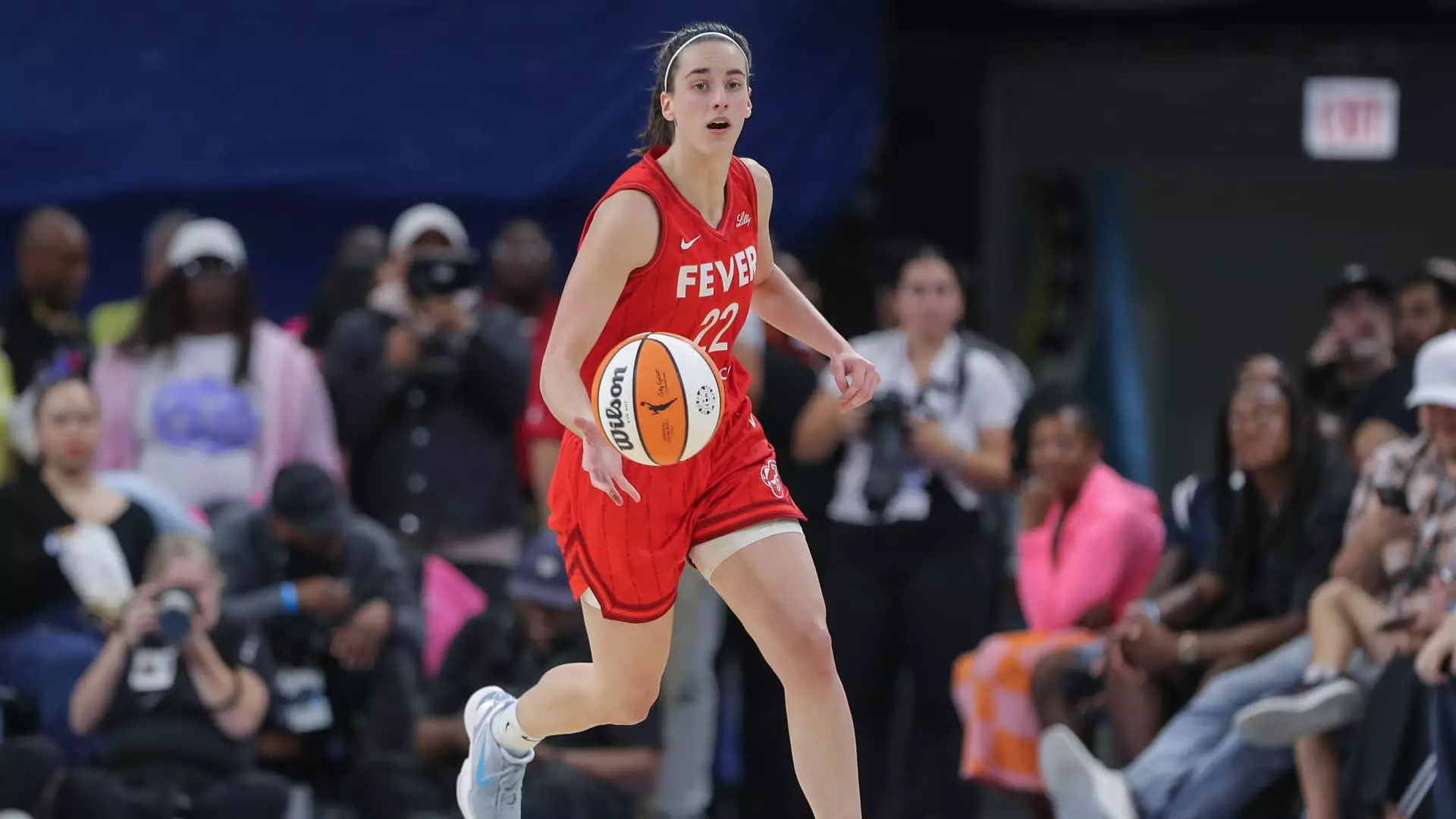The WNBA has made a phenomenal stride into the mainstream sporting landscape with its recent multi-year media rights agreement with E.W. Scripps. While it’s not simply about broadcasting games, this partnership symbolizes a revolutionary change enhancing the visibility and stature of women’s sports. Bringing Friday night matchups to Ion is more than a scheduling decision; it’s a critical move that acknowledges the growing fanfare surrounding women’s basketball. The introduction of the “WNBA on Ion” studio show is not merely a bonus—it is a beacon illuminating the sport during primetime, ensuring that fans have a consistent platform to engage with the league while deepening the connection with the players who are transforming the game.
Shattering Ceilings While Lifting Spirits
To the astute observer, the rise of the WNBA is tied to catalysts like Caitlin Clark and Angel Reese; these superstars are pivotal in propelling the league into the limelight. As fan engagement soared—viewership of the WNBA Friday Night Spotlight surged by 133%—it’s evident that the league is not just surviving but thriving, challenging archaic stereotypes while carving out a space that was long denied in a male-dominated arena. This contemporary pulse of the WNBA is a reminder that athletes in women’s leagues can generate substantial engagement and passion, moving the needle toward equality and recognition.
Value in Exposure
The financial metrics of such deals may remain abstract, but what matters is the intrinsic value of visibility. The knowledge that a growing number of homes—over 128 million—now have access to WNBA games signifies a new narrative where women’s sports are not just an afterthought but a main course. This contract adds to a larger tapestry of arrangements, including the substantial 11-year media rights deal previously inked with Disney and Amazon. Even though the figures like $200 million annually sound impressive, the true value measures not just financial return but the burgeoning recognition of female athletes.
Beyond Just Numbers
Critically, the rise of the WNBA transcends mere statistics. It’s about fostering a culture that genuinely celebrates women’s athleticism, encouraging young girls to dream bigger. WNBA Commissioner Cathy Engelbert’s acknowledgment of the “growing excitement” surrounding the league is not mere rhetoric; it embodies the collective hope for an equitable playing field in sports. With this agreement, Ion is not just another network broadcasting games; it is now intertwined with the dreams of countless aspiring female basketball players.
In a world that often marginalizes women’s achievements, the movement of the WNBA into prime time is a robust declaration: women deserve visibility. By capitalizing on this momentum, the WNBA is not merely proposing a new chapter; it’s authoring a narrative of empowerment, equity, and fierce competition that has been a long time coming.

